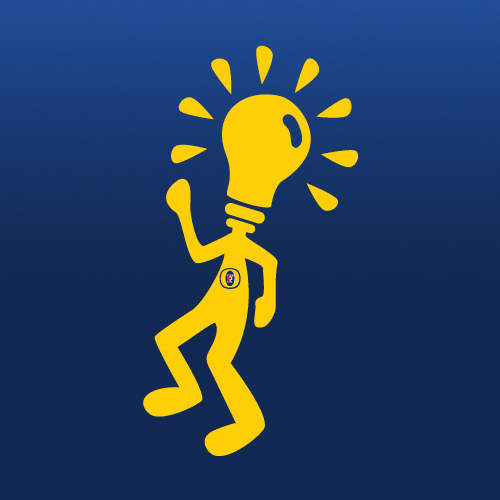Resisting the Urge to Give Up When the Going Gets Tough...
/
Last week, Scott Eagan ran a series of guest posts at his Greyhaus Literary Agency blog, and I was fortunate enough to be selected as his guest blogger last Friday. Scott was highlighting authors’ struggles and frustrations, and my contribution to this series outlined why we turned down our very first offer of representation last fall. If you’re interested, you can find that short post here: No Agent is Better Than a Bad Agent.
But it was what happened just after turning down that offer that was the bigger blow for me; one that hit me hard enough that I almost gave up on the dream of publication.
When we received the offer from Agent #1, we informed any other agents that had fulls or partials about the offer. Except for one agent, those that only had partials requested the full, and they all started reading. One of the agents, Agent #2, is a BIG agent. She read the manuscript and sent back some very encouraging feedback, calling the manuscript ‘fresh and original’ but saying that she didn’t connect strongly enough and would require editorial changes before offering, so she was stepping aside. As we were already starting to have some misgivings about Agent #1, I asked if she would be willing to discuss those changes further if we didn’t go with the offering agent, and she agreed.
When Ann and I turned down Agent #1, we did so with the tiny bit of security that we could go back to Agent #2 and discuss revising, something we both were willing to do. So, I contacted Agent #2 again. But when she got back to us the next day, it was to decline doing revisions. Her comments about what was wrong with the manuscript had to do with the very heart of our writing, things like tone, which simply couldn’t be changed.
It was a crushing blow. After four hard months of querying over sixty agents, we were done. We’d turned down our only offer of representation and no one else wanted us. And based on the comments Agent #2 offered, did our work even have any value?
I received her e-mail just before lunch that day. I forwarded the message to Ann with only the shortest of comments and then I literally shut down the computer and walked away from it for hours. It was funny ― I withstood all the query rejections (okay, the day that three arrived in thirty minutes was tough) and even the passes on partial or full manuscripts from other agents, but this one hit really hard. Without a doubt, it was the worst crisis of my personal writing life to date. That afternoon I seriously considered throwing in the towel for good. It was just too hard. Was it worth having your ego constantly pummelled to hang in there and then have to start from scratch all over again?
So what stopped me from quitting? In a coincidental moment of timing, that one agent who hadn’t requested a full e-mailed me after dinner that day saying that he enjoyed the partial and would like to see the full manuscript.
We weren’t out of the running after all. Hope springs eternal. And that request reminded me of the subjective nature of this industry ― what one agent will pass on, another agent will love. And it renewed our 'go big or go home' attitude that has been our companion through this whole process. We hadn't worked this hard to give up now; no way, no how.
We took a well-deserved break at that point to mentally regroup, but went back to querying two weeks later. Eight weeks after that we found Nicole and the rest is history.
Do I harbour any bad feelings towards Agent #2? Not at all. She was simply making the best business decision for herself and her agency. But from a writer’s perspective, when we are so heavily invested in the artistic aspect of our craft, the business side of it can be a cruel adversary. Rejections are not just a rejection of our work, but a rejection of us. It’s hard not to take it personally. But we have to keep the business end of the industry in mind during the querying and submission stages because, at that point, the overwhelming majority of decisions will simply be business-related and not about us personally.
What about you? Have you had moments when you’ve been tempted to give up the dream? How did you overcome those feelings?
Photo credit: portobeseno









 87.5%
87.5%